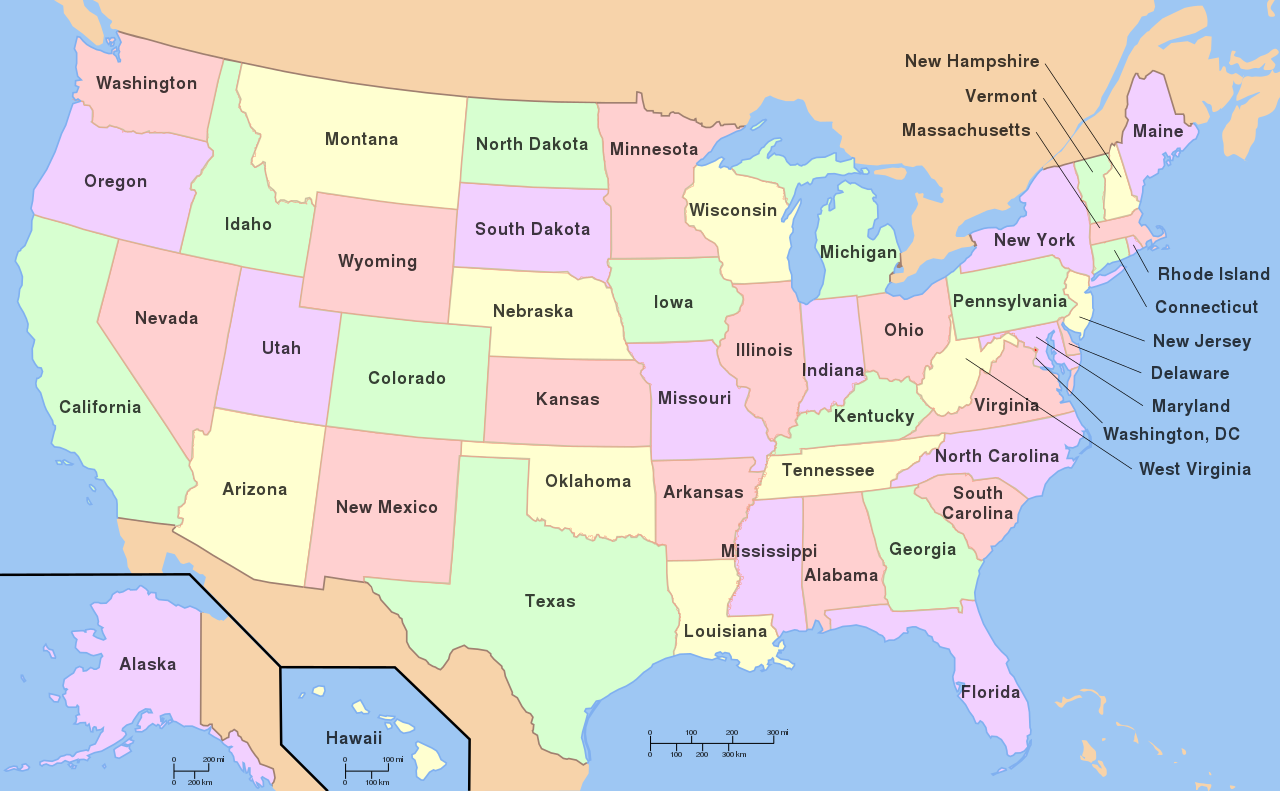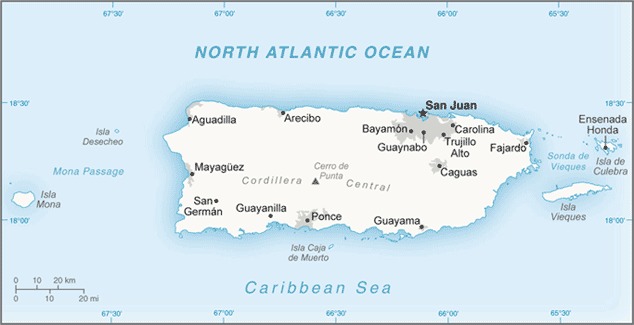Update: PolGeoNow now has an in-house map showing territorial control in northern Ethiopia. To find the latest version, view all Ethiopia reports.
Today we're featuring a map created by a friend of PolGeoNow, Daniel from Passport Party, roughly illustrating territorial control in the new conflict in Ethiopia's Tigray state. For further updates to this map, follow Passport Party on Twitter.
 |
| Rough map of territorial control in Ethiopia's 2020 Tigray conflict, by Daniel of Passport Party (used with permission). |
Ethiopia Conflict: Tigray Control Map by Passport Party
On November 4, 2020, a new armed conflict broke out between Ethiopia's central government and the government of Tigray, a regional state within Ethiopia. Details since then have been difficult to track down because of a government-imposed communications blackout in the region, and at PolGeoNow we've been too busy so far to create our own control map.
Fortunately, our friend Daniel from Passport Party has managed to create a rough map his own, drawing from a carefully-curated network of sources with local ties, along with what scant media reports are available. Though Daniel warns that a map like this can't be completely reliable under the circumstances, this is our pick for best of the maps that we've seen.
Daniel has graciously offered us permission to feature the latest version of his map here, and for further map updates on the rapidly-changing situation, you can check the Passport Party Twitter feed. Keep reading for a brief outline of the situation, and for more details on the sources used in creating this map.




